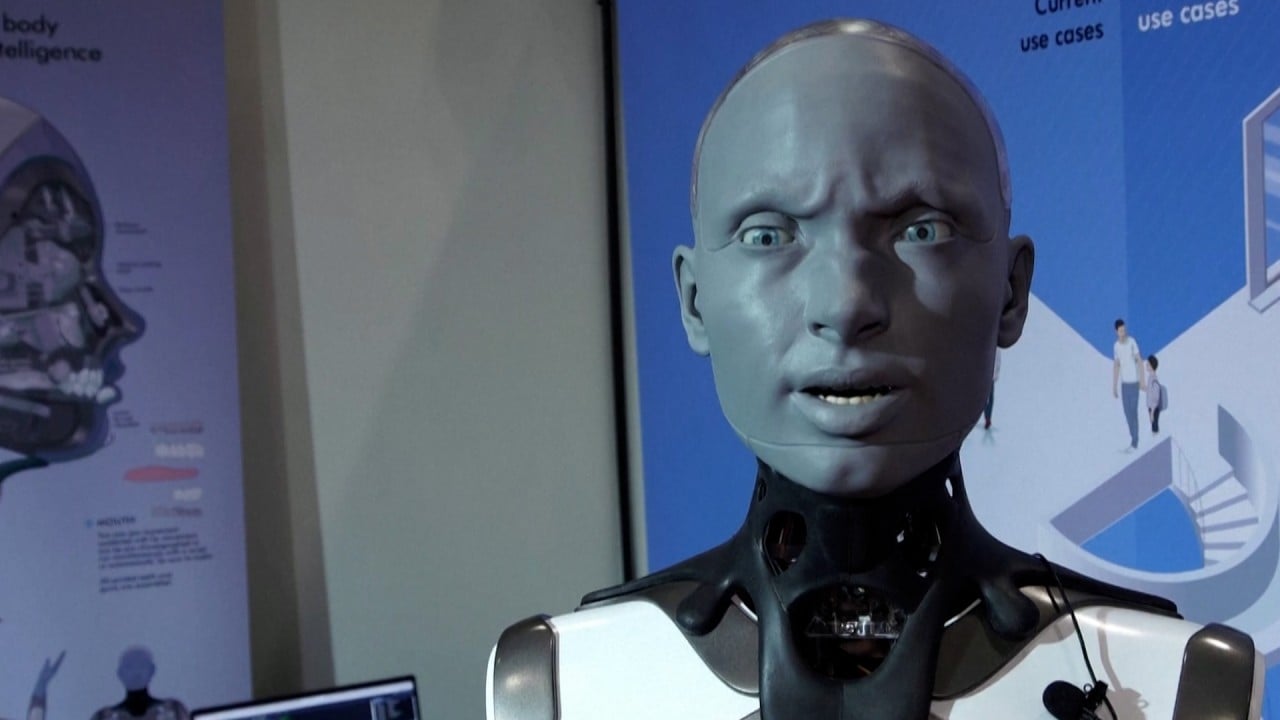Is this metal-coated paper the start of the future for wearable devices?
- The metal-coated paper can be folded but has properties of metal, such as tunable stiffness and ability to conduct heat and electricity
- ‘We can also create electric circuits on the skin to monitor finger movements, the heart’s activity and body temperature’

The metal-coated paper can be folded as usual, but is enhanced by the added properties of metal, such as tunable stiffness as well as the ability to conduct heat and electricity. It allows a 3D paper structure to be controlled by electricity, temperature changes or magnets.

“This facile approach provides a new material option for the wearable testing platform and flexible devices as well as soft robotics,” the team from Tsinghua University, Beihang University and the Chinese Academy of Sciences wrote in an article published in the peer-reviewed journal Cell Reports Physical Science on Friday.
A common example of liquid metal is mercury, a toxic silvery-white metal that is liquid at room temperature. It freezes into a soft solid around -39C (-38F).
In this study, the team made use of two non-toxic liquid metal alloys eGaIn, which melts at 15.5C, and BiInS, with a melting point of 62C.
Scientists have found sticking liquid metal to surfaces such as paper, plastic, cloth and even human skin difficult because of its extremely high surface tension and some have experimented with using an adhesive. But adding a third material may weaken the product’s electrical, thermal or mechanical performance, the researchers say.

